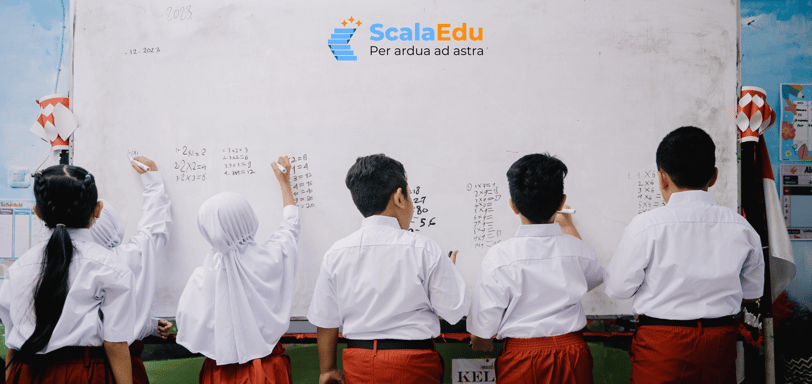The Implementation of the SDGs in Education in Indonesia: A Comprehensive Review and Comparison with Southeast Asian Nations
This article discusses the implementation of SDGs in Indonesia's education system and compares it with other Asian countries' approaches.
M-RT
2/19/20253 min read


Sustainable Development Goal (SDG) 4, focusing on quality education, is a crucial global agenda adopted by the United Nations in 2015. In Indonesia, the implementation of SDG 4 faces unique challenges and opportunities, given the nation's geographical, social, and economic diversity. Success hinges on the synergy of government policies, the roles of educational institutions, civil society, the private sector, and international collaboration. A comprehensive analysis, including a comparison with other Southeast Asian nations, is essential to understand progress, obstacles, and potential improvements.
Indonesia has demonstrated significant progress in access to primary education, with the Gross Enrolment Ratio (GER) approaching universality (97.5% in 2021 according to BPS [1]). However, disparities remain a significant concern. The gap between urban and rural areas, and between Java and other regions, remains substantial. Remote areas often lack adequate infrastructure, qualified teachers, and access to information technology. Educational quality is also a serious concern. The PISA 2018 results placed Indonesia relatively low [2], highlighting the need for curriculum reform and more effective teaching methodologies. This low quality threatens the readiness of the human capital and the overall achievement of the SDGs. Other challenges include low literacy rates, high dropout rates, and gender inequality.
The Indonesian government has endeavoured to address these challenges through various policies and programmes, such as the RPJMN 2020-2024, which prioritises quality education and equitable access [3], the Indonesia Pintar Programme (PIP), the Kartu Indonesia Pintar (KIP), and various scholarship schemes. However, implementation is often hampered by budgetary constraints, bureaucracy, a lack of coordination, and ineffective oversight. Improving teacher quality and curricula, as well as ensuring equitable access to information and communication technologies (ICTs), is paramount. The availability of digital infrastructure, particularly in remote areas, remains a major challenge.
Educational institutions also play a vital role. Schools are beginning to integrate SDG values into their curricula, teaching sustainability, social responsibility, and global citizenship. Project-based learning and other active approaches can enhance students' understanding of SDG issues. However, this transformation requires ongoing training and support for teachers. Educational institutions must also ensure equitable access to educational resources.
The involvement of civil society and the private sector is crucial. Non-governmental organisations (NGOs) raise public awareness and run educational programmes in remote areas. The private sector can contribute through corporate social responsibility (CSR) programmes that support education. Strong collaboration between the government, educational institutions, civil society, and the private sector is essential.
A comparison with other Southeast Asian nations provides a broader perspective. Singapore and Malaysia demonstrate better PISA performance, reflecting greater investment in educational quality and infrastructure. Vietnam has also shown significant progress. However, nations such as Laos, Cambodia, and Myanmar still face significant challenges in access to and quality of education. This comparison indicates that Indonesia still has room for improvement. Greater investment, curriculum reform, improved teacher quality, and equitable access to technology are crucial steps. More detailed comparative data is required for a more in-depth analysis (a comparative table will be included here once data has been collected and verified).
The implementation of the SDGs in education in Indonesia is a complex and ongoing process. Disparities in access to and quality of education remain significant. To achieve SDG 4 targets, a comprehensive and integrated strategy is needed, involving all stakeholders, including infrastructure improvements, teacher training, relevant curriculum reform, increased funding, and international collaboration. Continuous evaluation and monitoring are essential. With strong commitment and appropriate strategies, Indonesia can achieve SDG 4 and ensure that all its citizens have access to quality, relevant, and inclusive education. This success will be key to sustainable development and the well-being of Indonesian society.
References:
[1] Badan Pusat Statistik (BPS). (2021). Education Statistics.
[2] OECD. (2019). PISA 2018 Results.
[3] Ministry of National Development Planning/National Development Planning Agency (Bappenas). (2020). National Medium-Term Development Plan (RPJMN) 2020-2024.
[4] UNESCO Institute for Statistics.
[5] World Bank Data.
